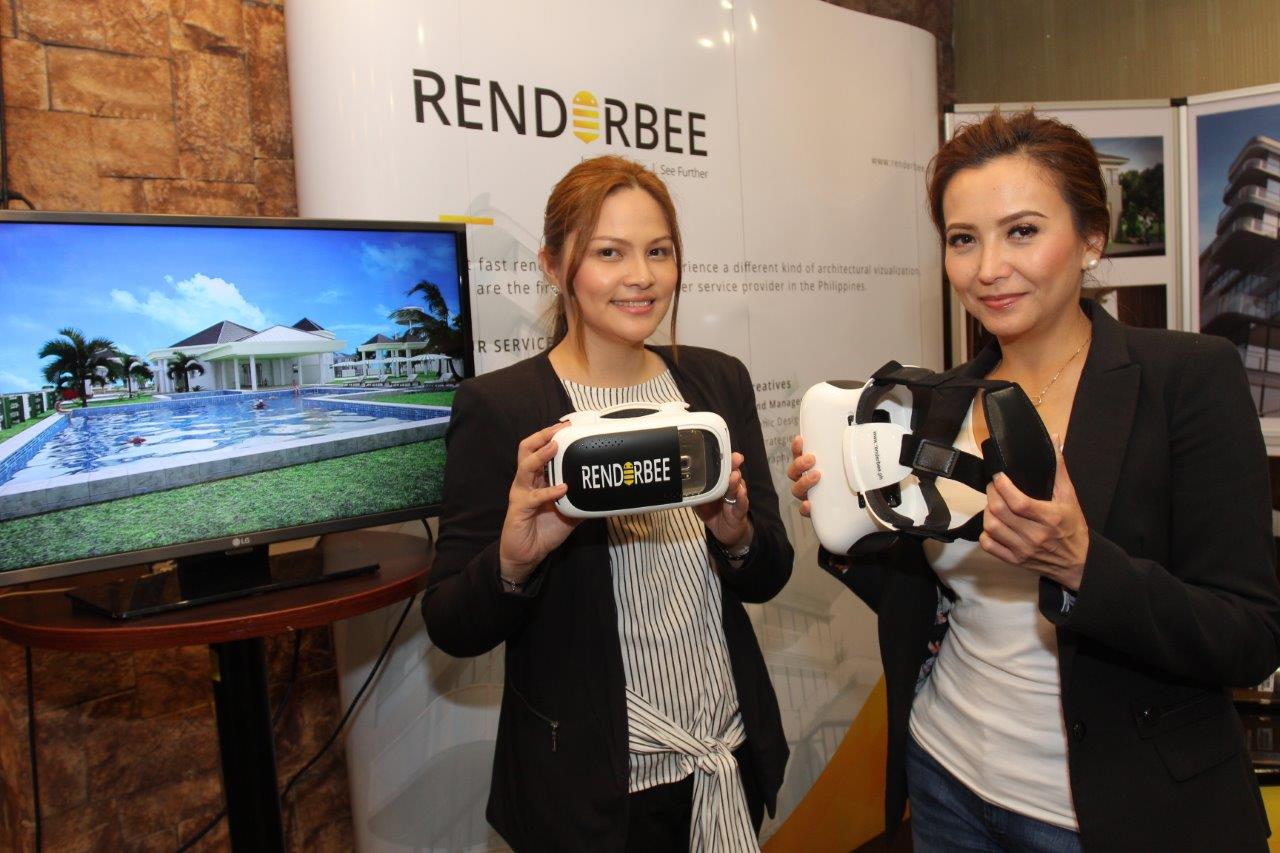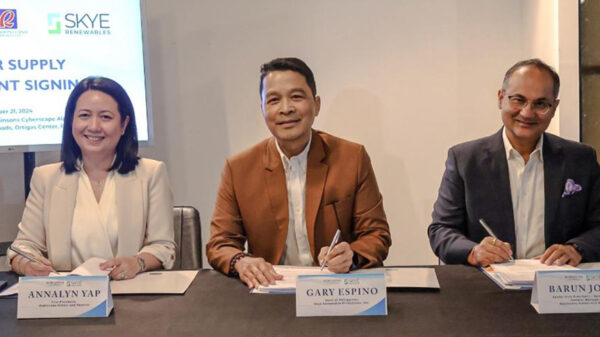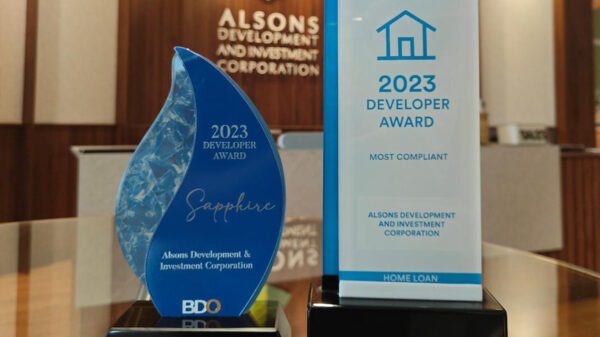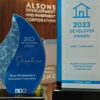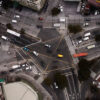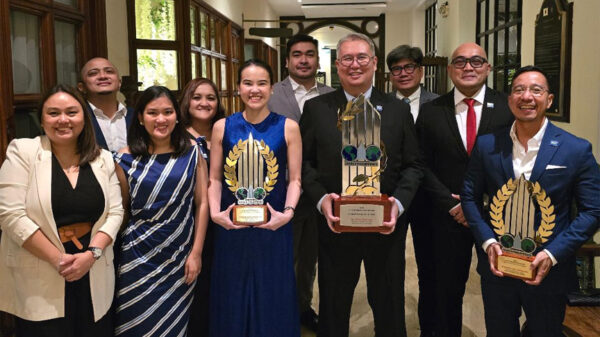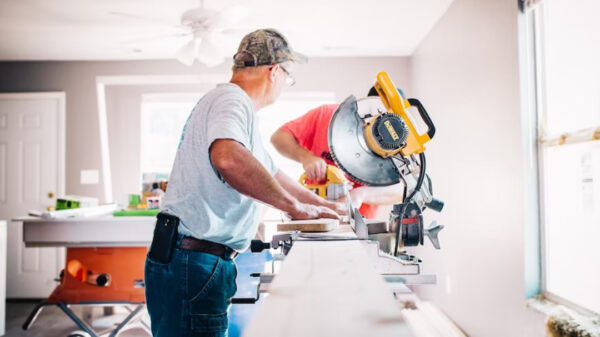Walking inside a house, roaming around building, or going through a subdivision even before construction begins can now be experienced by real estate clients through the use of architectural virtualization, a service in which architects and designers view the proposed design in high-quality 3D stills and animated walkthroughs.
This architectural virtual reality (VR) technology was pioneered in the Philippines by Filipino-owned Renderbee Technology, Inc. Established in 2015, the company addresses the architectural VR rendering needs of its clients thru its own Renderbee Farm, the country’s first and only mainstream render farm. It has artists that translate 2D designs and blueprints into 3D architectural VR and animation.
“Architectural Virtualization is the next step in Philippine architecture,” said Maricar Nepomuceno, Chief Executive Officer at Renderbee. “Now people can translate their works into an actual 3D rendered image so that they can attract their clients to buy their property or approve their architectural plans.”
Jackie Chua, Managing Director and Co-Founder of Synergy88, an IT conglomerate which is at the forefront of 3D virtual architecture design in the country, said that its subsidiary, Renderbee is the first mainstream service provider to offer the 3D experience using the architect’s blueprint.
Nepomuceno said they ventured into architectural VR when they saw its potential, not only for movies and games, but also for delivering insights in the architecture industry. “The technology itself is an increasing trend in the country’s tech industry late last year and even starting this year. In fact, there was a VR conference that was sponsored by PLDT and Samsung this year.”
Growing demand
There is a growing demand for 3D rendering services especially in their niche market, the real estate industry, since there are few foreign companies who offer these services. This is the reason why they created their own render farm, according to Nepomuceno.
The service benefits interested property buyers who are located overseas or those who would like to take advantage of pre-selling rates prior to the construction phase. They can practically have a look and feel of a house or condo unit that has yet to be built and plan ahead to their satisfaction.
“We now tapped the real estate industry. The market itself is very huge. We only started this year and we’ve seen increasing demand already,” said Nepomuceno. What we need to do now is to educate the market to increase the demand more.”
Renderbee provides a faster service delivery as its in-house render farm facility can pull out a turnaround time of at least five times faster than their nearest competitors. Nepomuceno claimed that in comparison, render time in an ordinary computer takes about two hours while for a render farm, it takes seven to eight minutes only.
Renderbee’s render farm is powered by 190 cores, running at a total of 16 servers or equivalent to 80 i7 CPUs.
Nepomuceno said they speed up workflows for architects in their Renderbee farm through the following processes: File Acquisition, File Evaluation; and File Verification.
Nepomuceno noted that their value proposition is their talents which they integrate with the technology and their own data center to speed up rendering projects.
Architectural VR is set to see greater heights in the future, aided by the increasing demand for VR itself and rendering processing services as well as the good performance of the local real estate industry.
“We are optimistic that developments in the industry will see new heights as the demand for VR is increasing,” said Nepomuceno. In the Philippines, VR will be the next cell phone and technological part of our daily lives.”



















































































